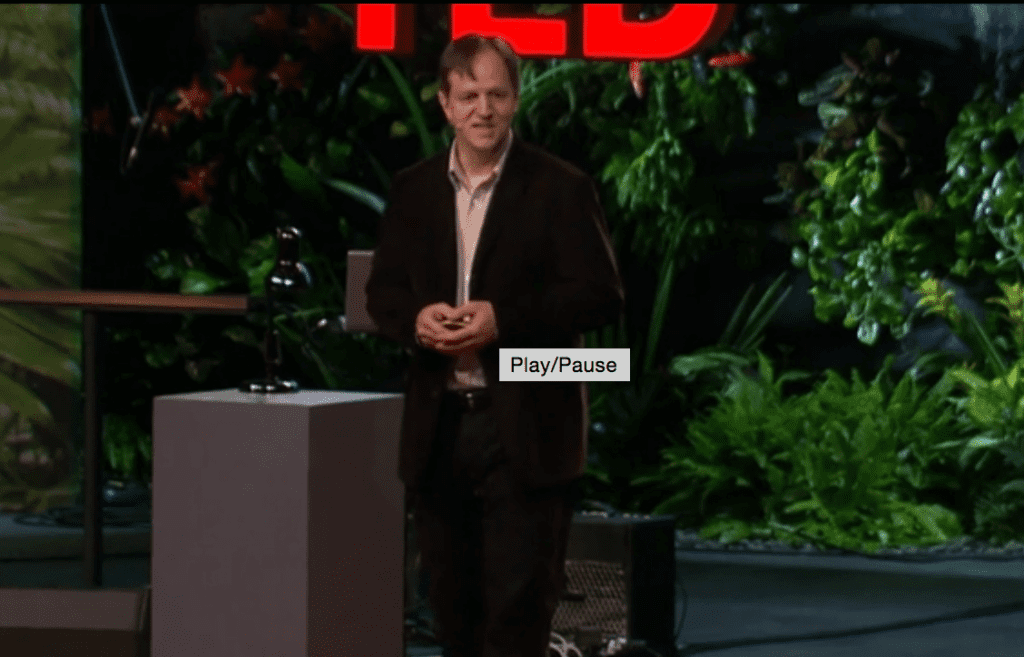Li-Fi works like Wi-Fi, but relies on optical data transmission
Velmenni, an Estonia-based tech startup, is conducting trials of Li-Fi in commercial and industrial settings, and according to reports has achieved data throughput speeds of 1 gigabit per second.
Li-Fi transmits data using LED lights. University of Edinburgh Professor Harald Haas is credited with developing the technology and coining the term Li-Fi.
Velmenni CEO Deepak Solanki told the International Business Times about the Li-Fi trials: “We are doing a few pilot projects within different industries where we can utilize the [visible light communication] technology. Currently we have designed a smart lighting solution for an industrial environment where the data communication is done through light. We are also doing a pilot project with a private client where we are setting up a Li-Fi network to access the Internet in their office space.”
Velmenni’s flagship product is the Jugnu smart LED bulb. According to the company’s website: “We are implementing the Li-Fi technology in our new range of LED bulbs. It refers to the wireless communication system, which uses light as a medium of transport instead of traditional radio frequencies. Although the use of light in order to transmit data can be limited in comparison to radio waves, there is a great amount of possibilities that can be developed with the proper use of this technology.”
Velmenni this week made it to the semifinal round of the Slush 100 startup funding competition in Helsinki, Finland. The initial group of 100 startups was winnowed down to the four semifinalists prior to the announcement last week of winner CareMonkey, which provides caregivers with access to client medical information.
In a 2011 TED Talk, Haas made the case for Li-Fi: “All of what we need to do is fit a small microchip to every potential illumination device. This symbiosis, I personally believe, could solve the four essential problems that face us in wireless communications.”
